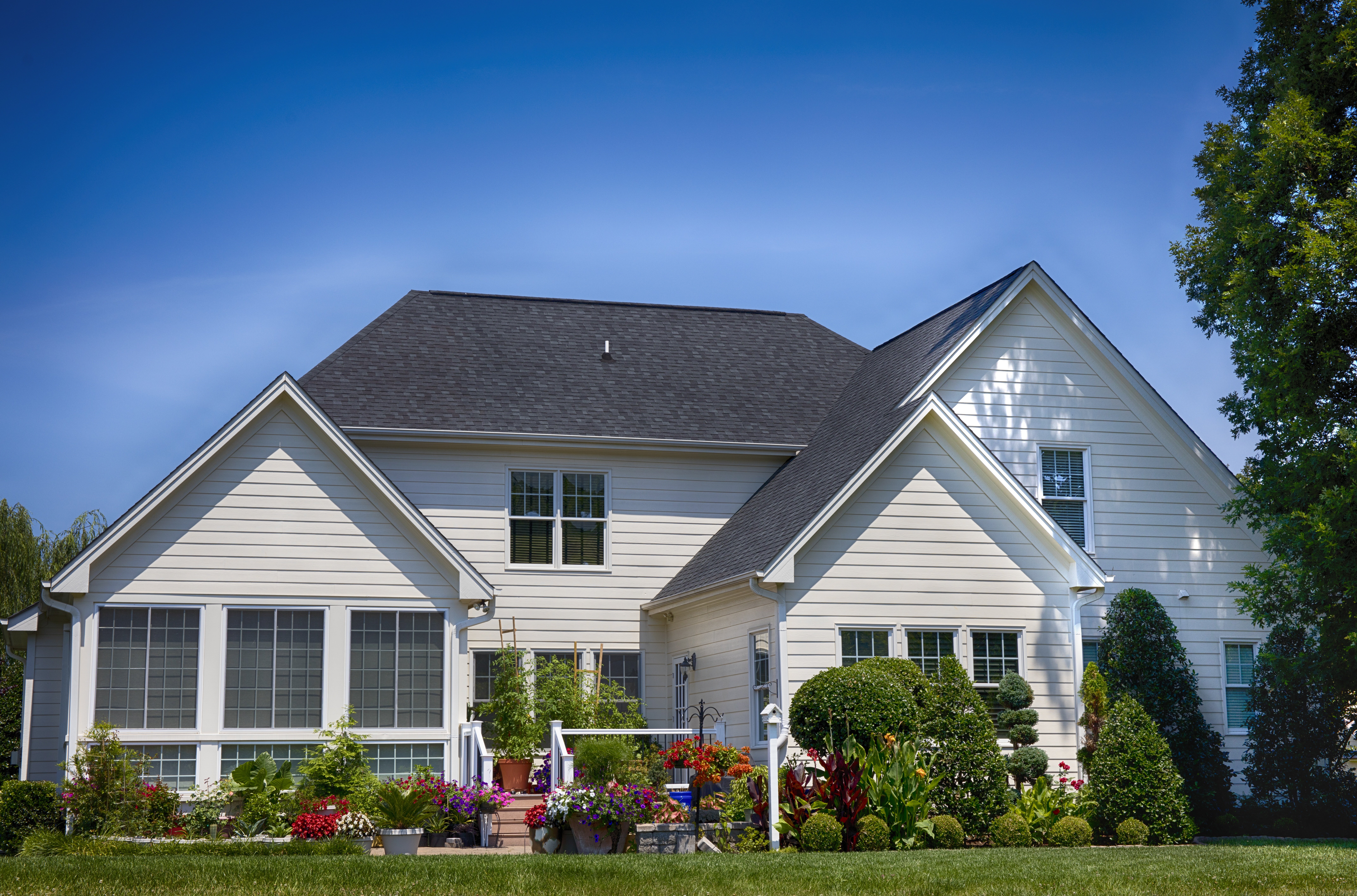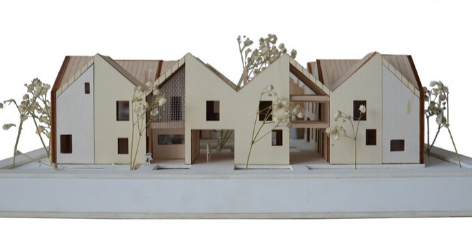Environmentally Responsive Design and Green Architecture
Sustainability and environmental performance goals are presently major contributing factors to design choices. Each new building attempts to take one step further in being even more environmentally conscious than the last. Although this process is extremely beneficial to the environment and surrounding ecosystem, where is this race to create a totally “Green building” heading? Structures are now emerging that look more like nature than building, with towering green walls and sprawling roof gardens disguising any distinguishable architectural element. This raises the question, are we going over board? Surely sustainable design does not mean a building which is literally green.








